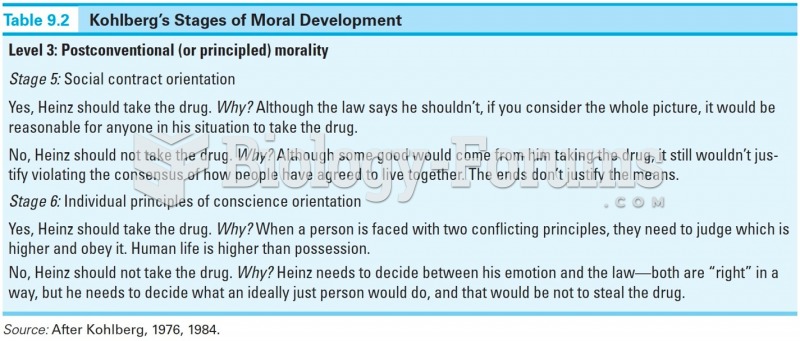|
|
|
Bisphosphonates were first developed in the nineteenth century. They were first investigated for use in disorders of bone metabolism in the 1960s. They are now used clinically for the treatment of osteoporosis, Paget's disease, bone metastasis, multiple myeloma, and other conditions that feature bone fragility.
Blastomycosis is often misdiagnosed, resulting in tragic outcomes. It is caused by a fungus living in moist soil, in wooded areas of the United States and Canada. If inhaled, the fungus can cause mild breathing problems that may worsen and cause serious illness and even death.
Most childhood vaccines are 90–99% effective in preventing disease. Side effects are rarely serious.
Approximately 500,000 babies are born each year in the United States to teenage mothers.
More than nineteen million Americans carry the factor V gene that causes blood clots, pulmonary embolism, and heart disease.







